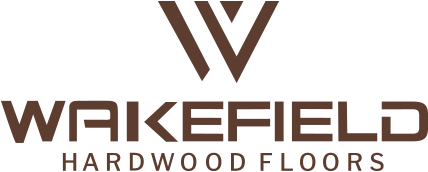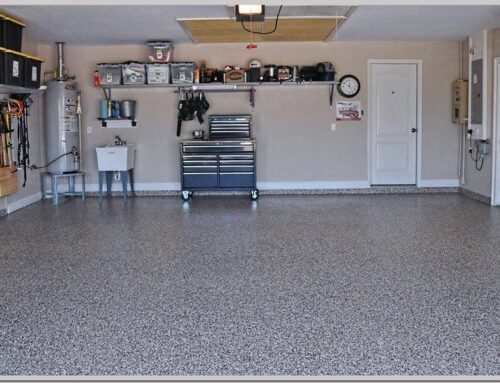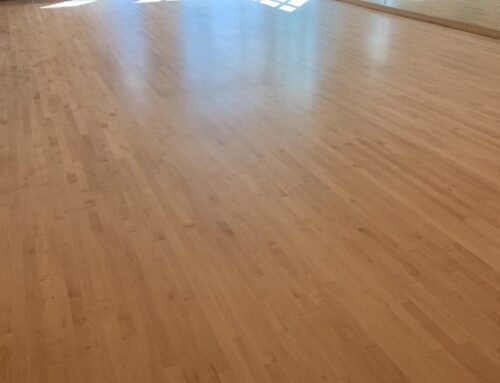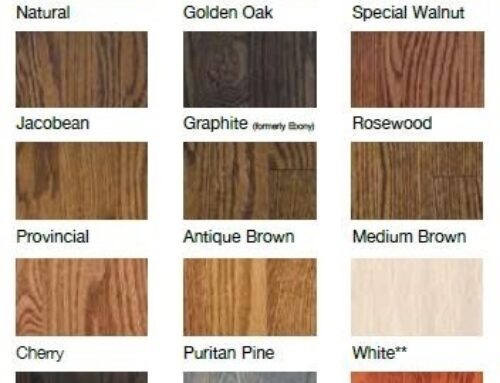“Hardwood” is a broad term for a variety of gorgeous flooring you can have installed in your home. All of these hardwoods do have one thing in common: no matter which finish you choose, it will promote a classic style that is perfect for any home aesthetic. While all hardwoods have the same outcome, they’re not all treated the same. There’s engineered vs. solid, unfinished vs. finished, maple, vs. oak, and more. What do all of these terms mean for picking out your next floor? In this blog, we’re going to break it all down so you’ll feel more confident when searching for the perfect hardwood flooring! Here’s what you need to know:
Engineered vs. Solid
● Engineered flooring is layers of thin sheets of wood to make up each board. It’s also known as wood veneer. Usually, these boards are pre-finished and can be considered more durable than solid boards because they don’t warp as easily in high humid areas. In most cases, these floors can’t be refinished because of how the wood veneer is put together.
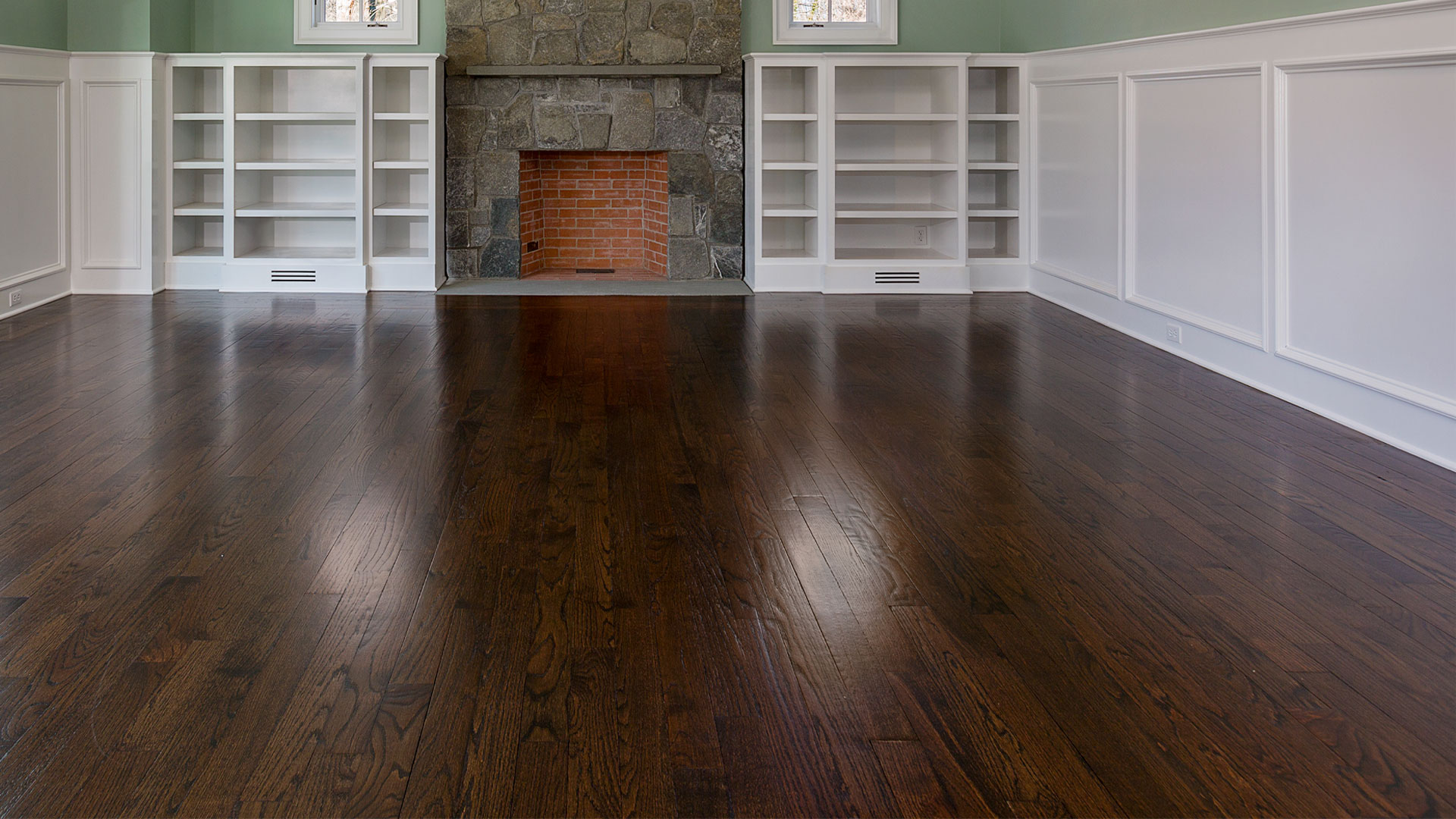
● Solid flooring is commonly seen in older homes. The boards are made from solid pieces of wood instead of thin layers like engineered boards are. They don’t hold up well in places with high humidity because the boards will warp. One major benefit is that they can be sanded and restained multiple times over the years.
Unfinished vs. Finished

● Unfinished boards are great for those who want to control the color or the stain themselves. They need to be sanded and treated on-site which can cost less for the materials, but you will have to pay for the extra labor to finish them.
● Finished boards, also known as pre-finished, are ready to be installed as soon as they arrive. They’ve already been sanded and stained. This option is great if you’re concerned about the dust and fumes sanding and staining cause. They’re usually more expensive than unfinished boards, but you’ll just have to worry about the installation cost instead of paying for sanding and staining on top of that.
Wood Commonly Used For Flooring:
● Oak is one of the most common you’ll see with red oak and white oak being at the top of that list. It works with several stain colors making it extremely customizable between room styles. Oak is also known for being durable and wide grained.
● Pine is another versatile wood. There are hundreds of species of pine trees making customization as easy as oak. One thing you want to pay attention to is the durability can vary from species to species. You’ll have to research which pine will be best for your home.
● Walnut is a richer tone with a darker red base. Its durability is up there with oak and pine.
● Cherry is extremely durable and tends to have a shinier texture than most woods. It’s also known to have a reddish hue.
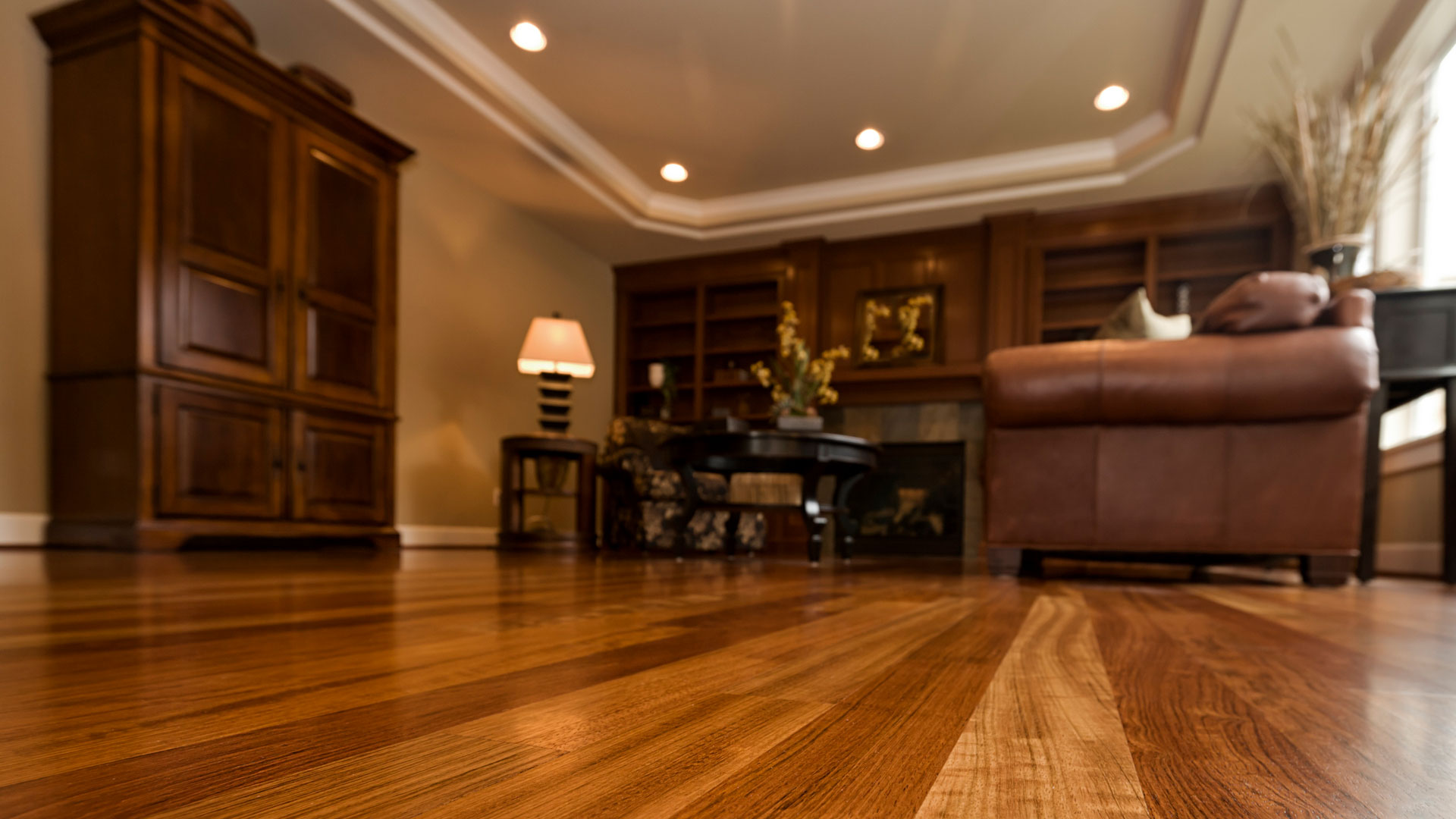
● Maple is more susceptible rot from insects. You will have to make sure it’s sealed correctly to avoid issues. It has a finer grain pattern that makes it stand out from other woods.
● Bamboo has been gaining in popularity slightly over the years because it’s more sustainable than other woods. It has a light finish that can help brighten up a room. One downfall to it is that it can be more fragile than other woods since it’s technically considered a woody grass. It will take more maintenance and care than other wooded floors.
